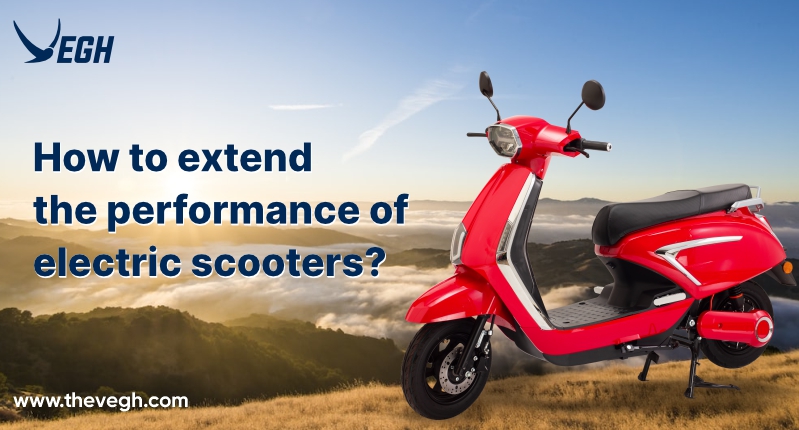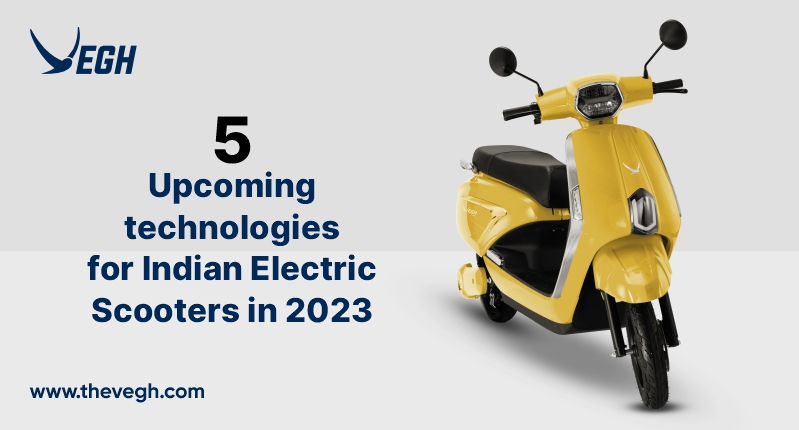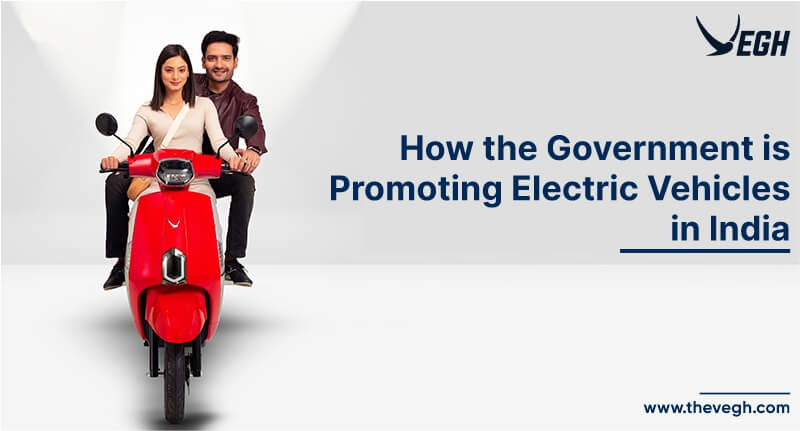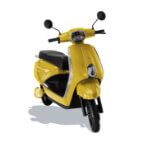Introduction
As the cost of living in India continues to rise, more and more people are looking for ways to save money. One way to do this is using an electric scooter instead of a petrol bike. Not only are electric scooters in India cheaper to operate, but they also help reduce pollution. However, electric scooters can have a shorter lifespan than normal petrol scooters if they need to be adequately maintained. In this blog post, we will explore some tips on extending your electric scooter’s performance. These tips will help you get the most out of your investment, from proper charging to regular maintenance.
Components of an electric scooter
An electric scooter typically has three main components – the battery, motor, and controller. The battery provides power to the motor, which then powers the scooter’s wheels. The role of the controller is to maintain the flow of power from the battery and to the motor. When it comes to extending your electric scooter’s performance, you can do a few things to improve each of these components. For example, you can upgrade to a high-performance battery or motor or install a higher-capacity controller. You can also ensure that your scooter is properly maintained and serviced regularly. Taking care of your scooter and its components can help ensure that it will run at peak performance for years to come.
How to extend the performance of your electric scooter?
Here are some tips to help you extend the performance of electric scooters in India and save money:
- Keep your battery charged -A fully charged battery will give you the most extended range and performance. Try to charge your battery overnight, so it’s always ready to go.
- Use your scooter wisely- Please turn it off to conserve power when you’re not using your scooter especially at the traffic signals or during jams.
- Plan your route- The more direct your route, the less power you’ll use. Avoid bad roads if possible.
- Slow down. Faster speeds use more power, so take it easy when you’re out for a cruise. Having a low speed electric scooter such as the Vegh E scooters can help you get the performance as they are made for Indian conditions.
Maintenance tips for electric scooters
Here are some maintenance tips for electric scooters in India:
- Keep the battery charged; if it’s not used for a while, charge it every few weeks to prevent degradation.
- Wipe down the scooter after every ride, especially if it’s been ridden in wet weather
- Check and clean the brakes regularly. Brands like Vegh E scooters provide disc brakes on both the tyres which can reduce maintenance cost in the long run.
- Tighten screws and check for loose parts regularly.
- Park the scooter in shade, if possible, to protect it from the elements.
Do’s and Don’ts with electric scooters.
Electric scooters in India are becoming an increasingly popular choice among people as they offer a convenient and eco-friendly way to get around. However, it would be best to keep a few things in mind when using an electric scooter to ensure its longevity and performance.
Do:
-Read the manual before using your electric scooter to understand how it works and how to properly care for it.
-Keep the battery charged. Regularly charging the battery will help extend its life.
-Clean and maintain your electric scooter according to the manufacturer’s instructions. This includes cleaning the wheels, handlebars, and deck and lubricating moving parts.
Don’t:
-Leave your electric scooter in the rain or other harsh weather conditions. This can damage the battery and other components.
-Use your electric scooter for off-road riding. Stick to good roads for best results.
-Attempt to repair your electric scooter yourself if something goes wrong. Please take it to a qualified technician for service. If you cannot reach out to a mechanic in an emergency, Vegh E scooters come with an excellent feature of Auto-repair which helps you to fix the Vegh scooter on the go.
TWO MAIN CONSIDERATIONS
Proper Charging
One of the most important things you can do to extend your electric scooter’s performance is to ensure it is adequately charged. Most electric scooters in India come with a standard charger, but consider upgrading to a faster charger if you often run low on battery power. It is also important to only charge your scooter when the battery is completely depleted. Partial charging can shorten the lifespan of your battery.
Regular Maintenance
Another key to extending your electric scooter’s performance is keeping up with regular maintenance. This includes checking the tire pressure and ensuring the brakes are in good working order. It would help if you also cleaned your scooter regularly to prevent dirt and debris from building up and causing problems. If you take care of your scooter, it will take care of you in return.
Conclusion
Electric scooters in India are a great way to save money and reduce pollution, but they require special care to keep them running correctly. By following the tips above, you can extend the performance of your electric scooter and get the most out of your investment.
An electric scooter is a great way to get around town. They are eco-friendly, fun to ride, and can help you save money on petrol. If you are thinking about purchasing an electric scooter, be sure to check Vegh E scooters as they come with smart features and at a budget friendly price.









